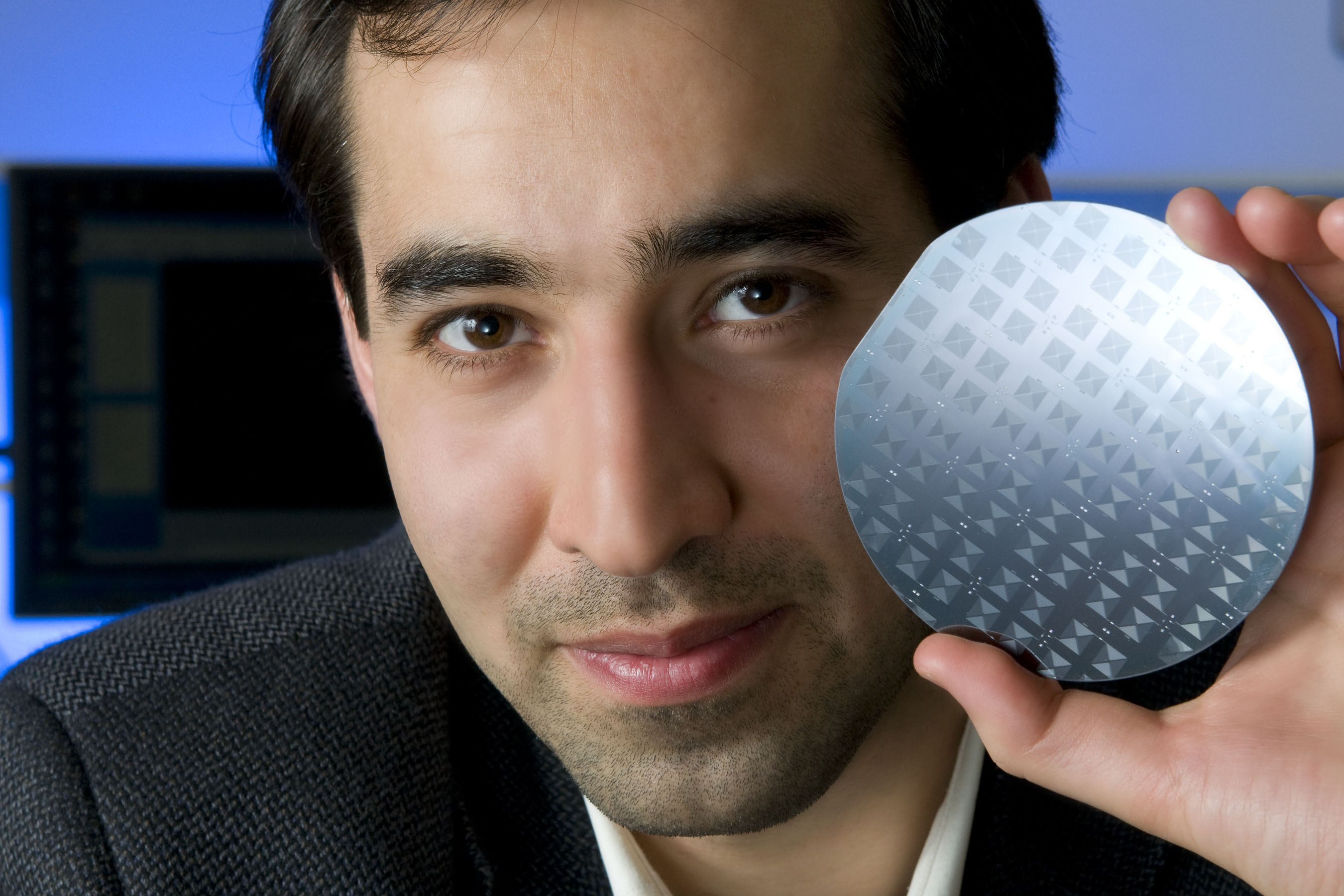Researchers characterize biomechanics of ovarian cells in mice according to their phenotype at the various stages of cancer

Using ovarian surface epithelial cells from mice, researchers from Virginia Tech have released findings from a study that they believe will help in cancer risk assessment, cancer diagnosis, and treatment efficiency in a technical journal: Nanomedicine.
By studying the viscoelastic properties of the ovarian cells of mice, they were able to identify differences between early stages of ovarian cancer and more advanced and aggressive phenotypes.
Their studies showed a mouse's ovarian cells are stiffer and more viscous when they are benign. Increases in cell deformation "directly correlates with the progression from a non-tumor benign cell to a malignant one that can produce tumors and metastases in mice," said Masoud Agah, director of Virginia Tech's Microelectromechanical Systems Laboratory and the lead investigator on the study.
Their findings are consistent with a University of California at Los Angeles study that reported lung, breast, and pancreatic metastatic cells are 70 percent softer than benign cells. The findings also support Agah group's previous reports on elastic properties of breast cell lines. The digital object identifiers to find the studies on the Internet are: doi:10.1016/j.biomaterials.2010.05.023 and doi:10.1016/j.biomaterials.2010.02.034.
Agah worked with Eva Schmelz of Virginia Tech's Department of Human Nutrition, Foods and Exercise, Chris Roberts of the Virginia-Maryland Regional College of Veterinary Medicine, and Alperen N. Ketene, a graduate of Virginia Tech's mechanical engineering department, on this work supported by the National Science Foundation and Virginia Tech's Institute for Critical Technology and Applied Science.
They are among a number of researchers attempting to decipher the association of molecular and mechanical events that lead to cancer and its progression. As they are successful, physicians will be able to make better diagnostic and treatment decisions based not only on an individual's genetic fingerprint but also a biomechanical signature.
However, since cancer has multiple causes, various levels of severity, and a wide range of individual responses to the same treatments, the research on cancer progression has been challenging.
A turning point to the research has come with recent advances in nanotechnology, combined with engineering and medicine. Agah and his colleagues now have the critical ability to study the elastic or stretching ability of cells as well as their ability to stick to other cells. These studies on the biomechanics of the cell, linked to a cell's structure "are crucial for the development of disease-treating drugs and detection methods," Agah said.
Using an atomic force microscope (AFM), a relatively new invention by research standards, they are able to characterize cell structure to nanoscale precision. The microscope analyzes live cultured cells and it is able to detect key biomechanical differences between non-transformed and cancerous cells.
From these studies, cancerous cells appear softer or deform at a higher rate than their healthier, non-transformed counterparts, Agah said. In addition, their fluidity increases.
The Virginia Tech researchers selected to study ovarian cancer because it is one of the most lethal types in women and is normally diagnosed late in older patients when the disease has already progressed and metastasized.
Agah reported that no previous information existed about the biomechanical properties of both malignant and benign human ovarian cells, and how they change over time.
However, the mouse studies conducted by this interdisciplinary group of researchers at Virginia Tech have now shown how a cell, as it undergoes transformation towards malignancy, changes its size, loses its innate design of a tightly organized structure, and instead acquires the capacity to grow independently and form tumors.
"We have characterized the cells according to their phenotype into early-benign, intermediate, and late-aggressive stages of cancer that corresponded with their biomechanical properties," Agah reported.
"The mouse ovarian cancer model represents a valid and novel alternative to studying human cell lines and provides important information on the progressive stages of the ovarian cancer," Schmelz and Roberts commented.
"Cell viscosity is an important characteristic of a material because all materials exhibit some form of time-dependent strain," Agah said. This trait is an "imperative" part of any analysis of biological cells.
Their findings confirm that the cytoskeleton affects the biomechanical properties of cells. Changes in these properties can be related to the motility of cancer cells and potentially their ability to invade other cells.
"When cells undergo changes in their viscoelastic properties, they are increasingly able to deform, squeeze, and migrate through size-limiting pores of tissue or vasculature onto other parts of the body," Agah said.




